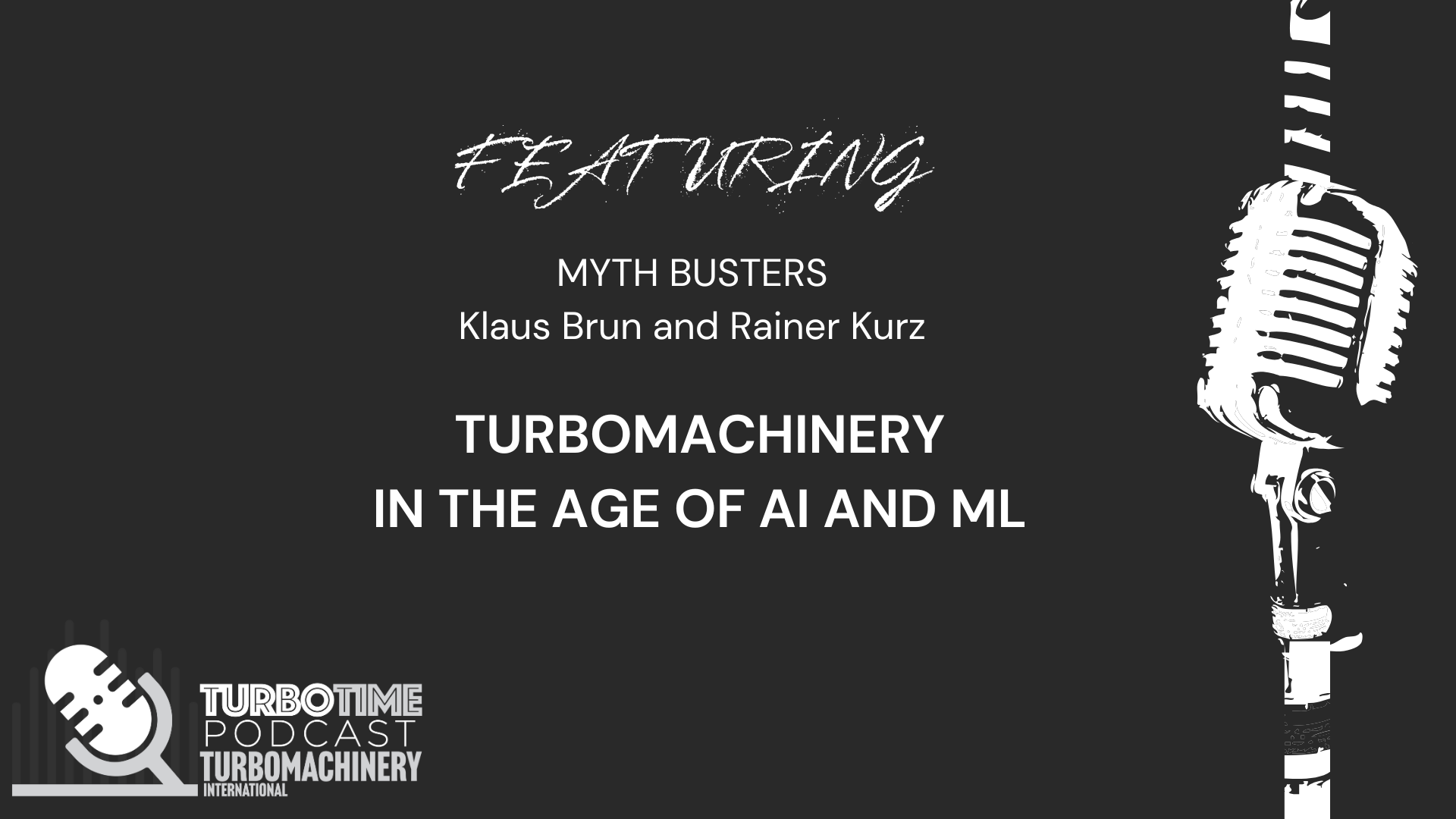Article
Online washing of steam turbines to arrest performance degradation
Author(s):
To compete in today's economic climate, petrochemical plants are strategizing on continuous long-term operation to reduce maintenance costs and increase productivity. This strategy has led some plants to go from eight years between turnarounds to 10 years. For rotating machinery such as mechanical drive steam turbines, one factor that affects this strategy is heavy deposition on steam turbine internals, caused by impurities in the steam. These impurities result in fouling on the blade and nozzle path surfaces due to contaminated materials such as silica and sodium as shown.
This article contains excerpts from a paper, "Technical Challenges for Compressors and Steam Turbines for Efficient and Sustainable Operation in Mega Ethylene Plants", presented by Satoshi Hata, Akinori Tasaki, Matt Walton, Kyoichi Ikeno and Abhay Jain at the 2018 Asia Turbomachinery Symposium.
As a result, turbine performance tends to deteriorate gradually. As a countermeasure to performance degradation an innovative on-line washing technique can be utilized to minimize the impact caused by fouling of the steam path for large multi-stage condensing steam turbines. This technique, although applied here to extracting-condensing turbines, is also applicable to large condensing turbines. The new technology has water injection nozzles located at the steam chest of the extraction control valve rack. The injection nozzles are plumbed to a water supply source, which controls a set point temperature by controlling the water injection rate. The objective is to directly wash off deposits adhering to the blades and nozzles on the low-pressure side with minimal power turndown, and without impacting the turbine's long term performance.
Erosion damage and thermal stress of internal parts such as chest valves and blades due to the injected water had to be taken into consideration. To properly achieve this objective, and considering the potential for damage during the online wash, a new extraction valve box had to be designed. The new design had to consider the effects of optimizing the mixing zone of the steam and water injection to generate a specific particle size, moisture propagation through the condensing section, mechanical deflection of stationary components, and the overall thermodynamic analysis of each stage during the on-line wash.
A prototype model was built and several experiments were carried out based on the practical operating conditions of actual steam turbines. Analysis (FEA) was used to evaluate the strength of the internal parts during actual online washing. The final design was a compact extraction box that could replace existing models without any machining of the casing.
To keep plant availability, the online washing system is effective to wash off the deposits without a shut down. The washing system can be furnished on steam turbine itself, not on the inlet steam piping; it does not damage any other function, but improves the expected steam turbine performance.
The steam turbine online washing system has already been used and applied over 30 existing turbine applications. First, hot steam comes from the high pressure section and the steam is mixed with injected water through spray nozzles in the turbine valve chest. The mixed steam is controlled in order to avoid the saturated condition, and fouling material on the nozzle/blade rows is washed by the steam in the wet condition.
Before online washing, after 1st stage, pressure is over the designed line, due to fouling condition. Though pressure gradually decreases during online washing, it becomes stable below the designed line after on-line washing. This means that performance was improved by on-line washing.
High power improvement is seen after online washing, roughly a 6% recovery when compared to before washing
Newsletter
Power your knowledge with the latest in turbine technology, engineering advances, and energy solutions—subscribe to Turbomachinery International today.





